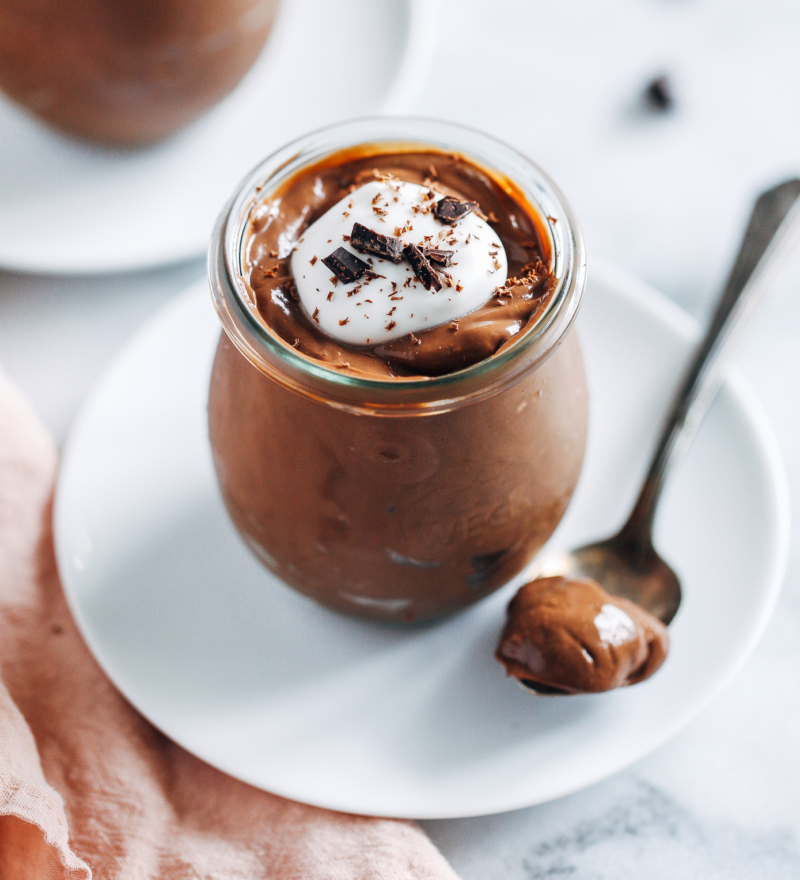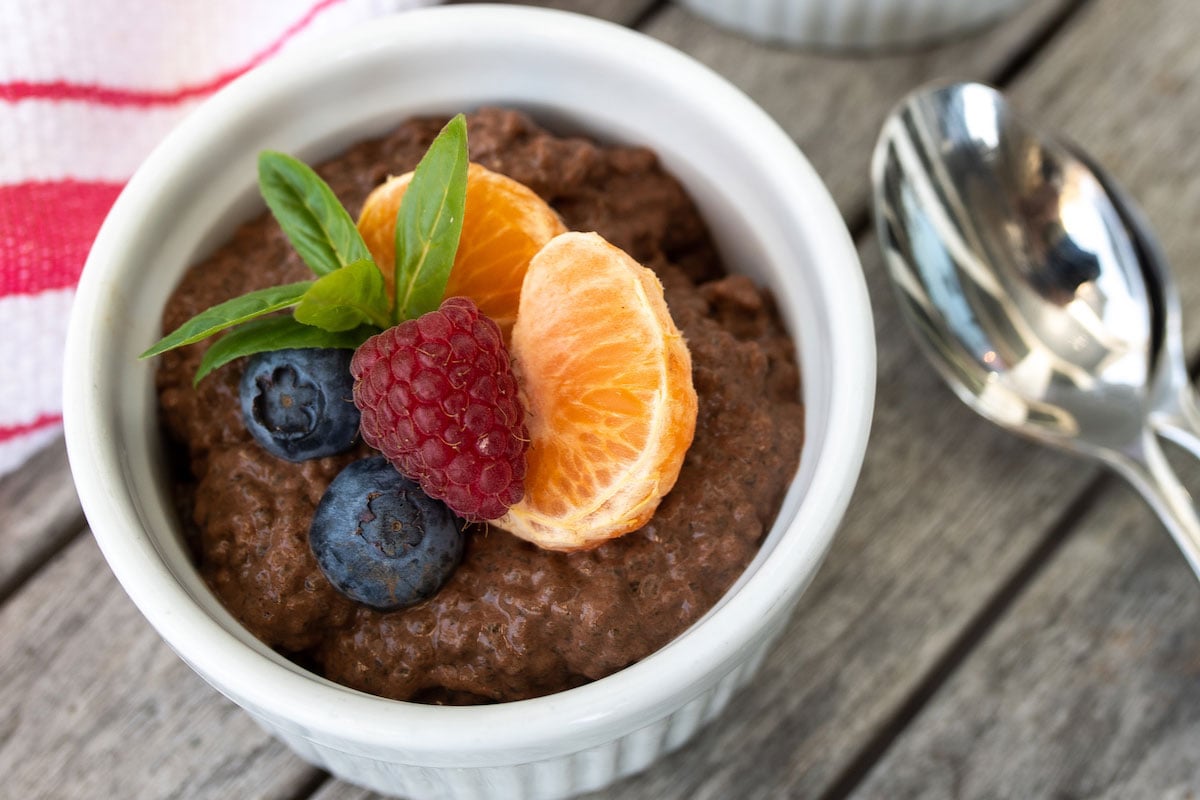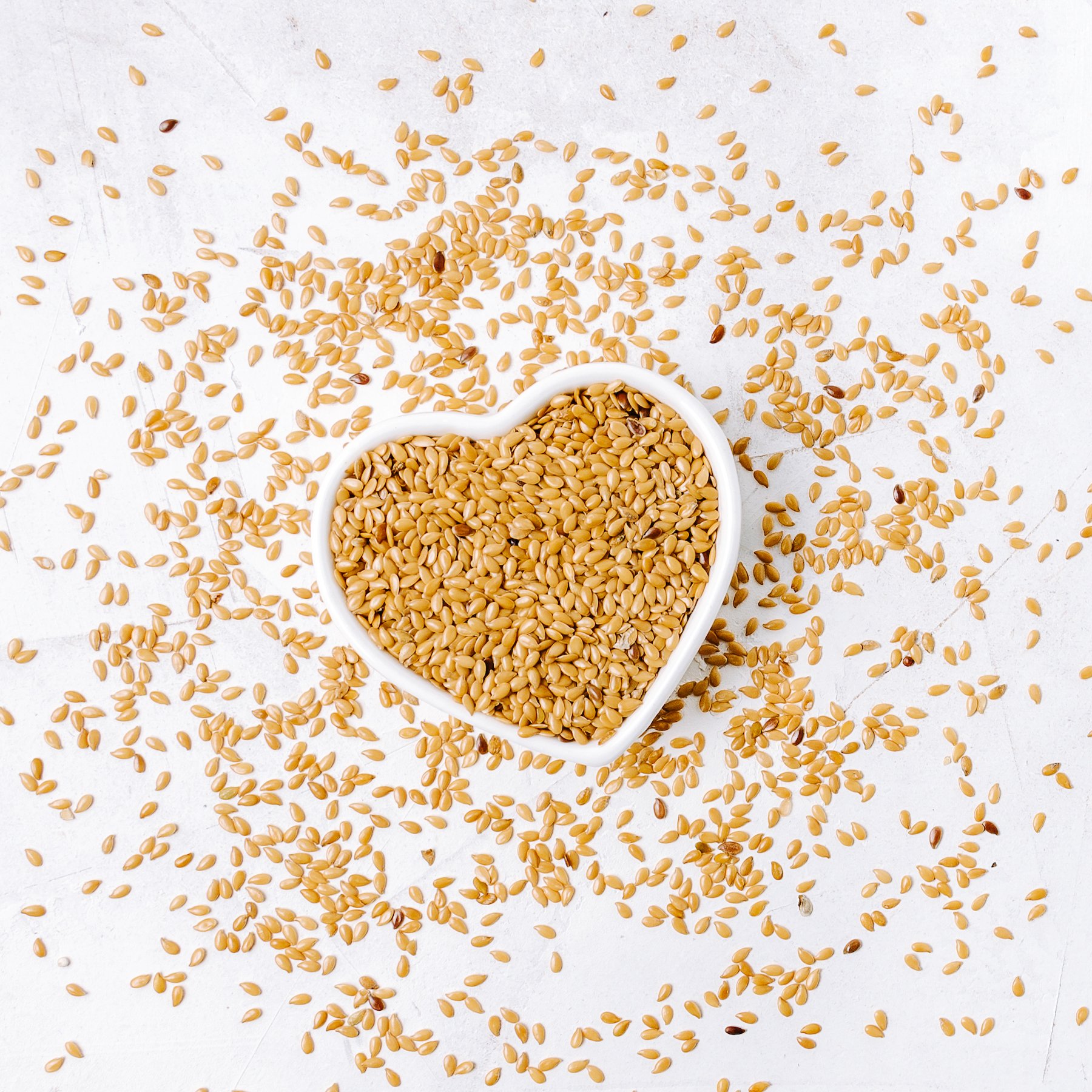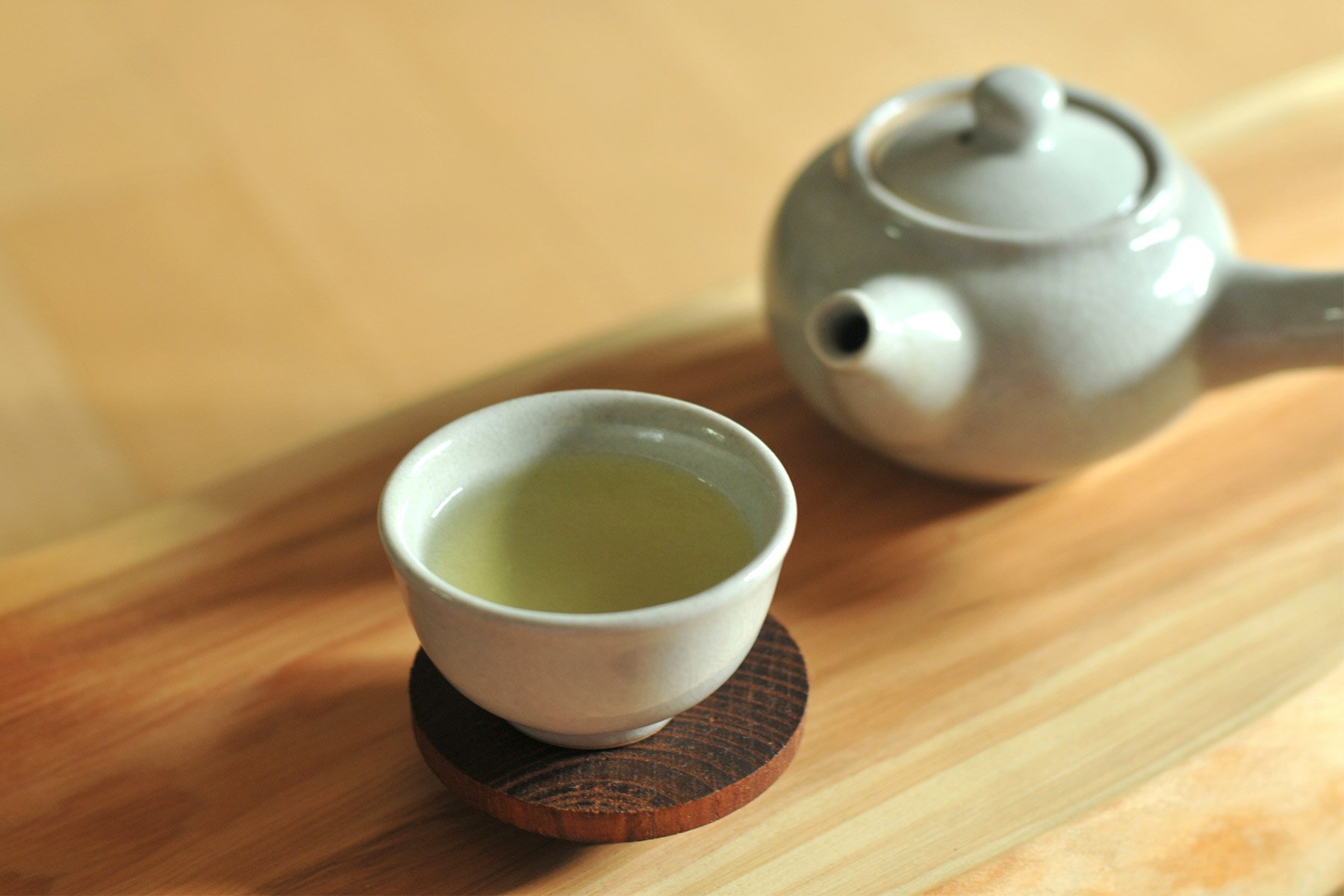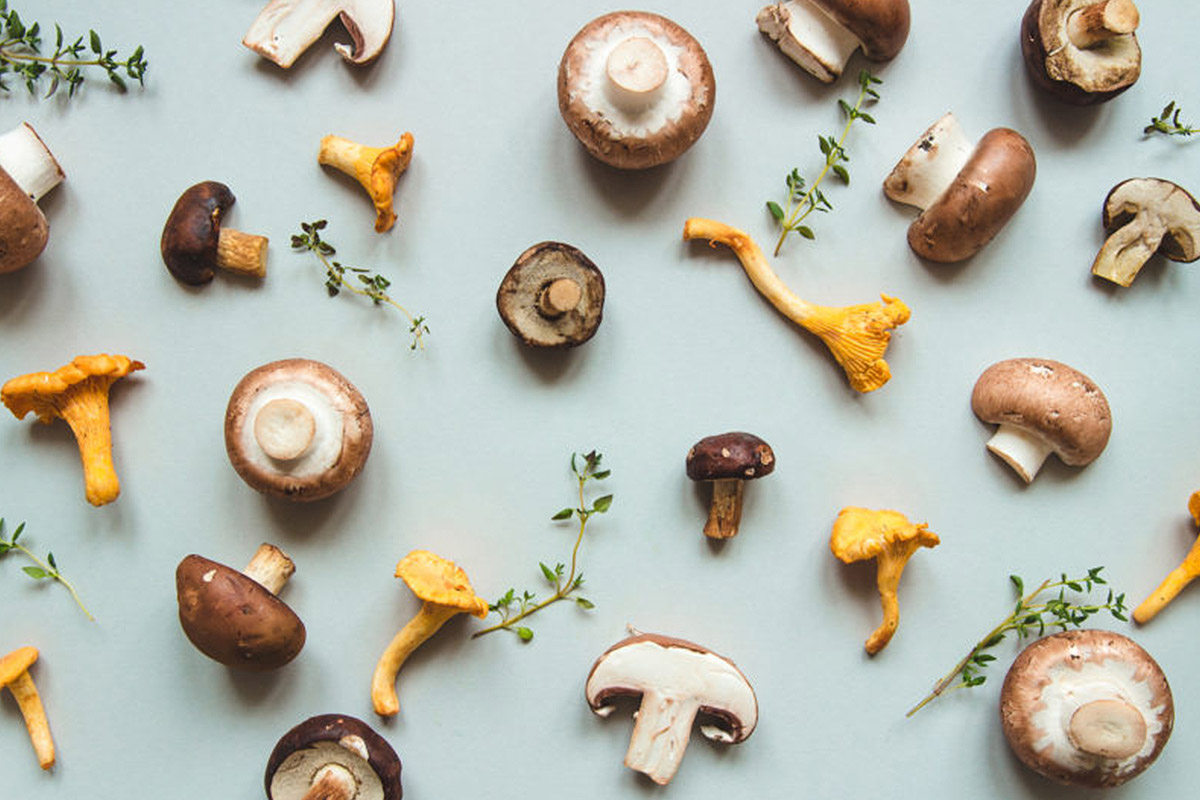Photo credit: Making Thyme for Health
The Basics of Cocoa Powder
Within the chocolate world, dark trumps milk for a lower blood sugar rise, but there’s an even better way to add that indulgent flavor to your diet: cocoa powder.
Cacao is a plant species of the genus Theobroma, or “food of the gods” in Greek. Cocoa is what we call the product that comes from the seeds, or beans, that grow in pods on the cacao tree once they’ve been fermented, dried, and roasted. It’s that processing that develops cocoa’s rich and complex flavors. Before grinding, the cocoa solids (a paste called chocolate liquor) are pressed to remove the cocoa butter, and this fat is used to make chocolate bars. The leftover is a “cocoa cake” that’s ground into a powder.
“Unlike its solid chocolate cousin, cocoa powder is a lower-calorie, lower-carb vehicle for the nutrients in cocoa.”
Unlike its solid chocolate cousin, cocoa powder is a lower-calorie, lower-carb vehicle for the nutrients in cocoa. A tablespoon of cocoa powder contains 12 calories, less than one gram of fat, 3 grams of carbohydrate, and almost no sugar. But it has nearly 10% of the dietary reference intake (DRI) of iron for men (4% for women) and between 6% and 9% of the DRI for magnesium and phosphorus.
Iron is necessary for creating hemoglobin, a protein in red blood cells that plays a critical role in ferrying oxygen to your body’s tissues, as well as myoglobin, a protein essential for muscle metabolism. Magnesium has its hand in muscle and nerve function, and the mineral helps your body use insulin. (In people with diabetes, a lack of magnesium in cells worsens insulin resistance.) Phosphorus is known for assisting minerals like calcium in bone formation, but it is also a component of ATP, the body’s source of cellular energy.
Cocoa Powder’s Metabolic Punch
Cocoa’s most significant metabolic advantage is flavanols, a type of polyphenol that’s a naturally occurring antioxidant. Antioxidants are critical for good health, and there is some emerging evidence that these compounds in cocoa may help counteract inflammation.
The other perk is that flavonoids can aid blood sugar control through several possible mechanisms:
- Influencing the beta cells in your pancreas that produce insulin
- Improving glucose uptake in muscle and liver tissue without insulin
- Slowing down glucose digestion in the small intestine
And while there are hundreds of flavonoid compounds, there is evidence that cocoa specifically has these anti-diabetic properties. Also, consider that cocoa delivers a satisfying chocolate taste without the added sugar that could spike your glucose levels.
Another surprising nutrient in raw cocoa: Fiber—2g per tablespoon. You’ll notice it when you eat a bar of really dark chocolate that has, for instance, 90% cocoa—it will taste almost crunchy because of all the fibrous cocoa. Fiber slows down the absorption of sugar, is healthy for your heart, and may promote weight loss.
Cocoa Powder Buying Advice
- It pays to get the good stuff. Some cocoa is treated with alkaline compounds during processing to raise the pH, reducing bitterness and making it more palatable. The catch is that the total antioxidant flavonoid count can drop by 90% compared to natural cocoa. For the best quality product with the biggest health benefits, choose an organic, non-alkalized cocoa powder.
- Make sure that you’re buying unsweetened cocoa powder. It’s best to read the ingredients; however, a tip-off that a cocoa powder product contains sugar is that it may say “sweet cocoa powder” on the front label.
Tips for Using Cocoa Powder
- Store in an airtight container in a dark, dry environment to help prevent oxidation. Your pantry, or a place away from your stove, is a good option.
- Generally, an opened package of unsweetened cocoa powder lasts three years, as long as you store it properly and keep the container well sealed.
Cocoa Powder Ideas
Scratch the chocolate itch by incorporating cocoa powder into the foods you eat instead of buying a candy bar.
Cocoa trail mix. Sprinkle in cocoa powder when tossing together a DIY trail mix of nuts and seeds.
Chocolate and coffee are a natural pairing, as coffee helps bring out the natural flavor of chocolate. Add a couple of shakes of cocoa powder to your morning brew.
Cocoa chia pudding. When making chia pudding, combine chia seeds with a base of your choice (such as unsweetened non-dairy milk) and stir in cocoa powder before putting it in the fridge to set.
Avocado chocolate pudding. A popular plant-based dessert is avocado chocolate pudding. Just combine avocado, raw cocoa powder, dairy-free milk, and sweetener (such as monk fruit or allulose, optional) or flavor enhancers (like natural vanilla extract). Blend everything and refrigerate for a smooth and light mousse-like texture. (Plus, you get the healthy fats from the avocado.)
Cocoa nutballs. In a food processor, toss in your choice of nut (try almonds, cashews, or pistachios) with cocoa powder and one or two dates and pulse. Add hot water a little at a time until you reach a consistency where you can grab a small portion and roll it into a ball. It should stick together without being too sticky. Store in the fridge to minimize oxidation and keep the plant fats fresh.
